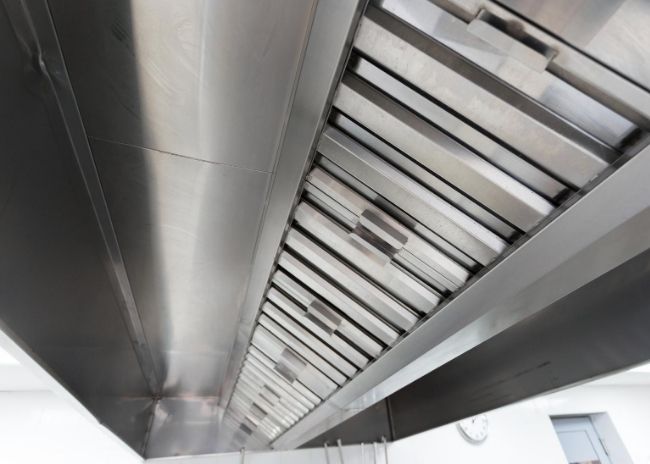Ventilation system design depends on how the foodservice operation utilizes the kitchen space and arranges the equipment. When looking at location, consider the balance of air and the placement of vents, and ensure that not too much air will blow on prepared food.
Assess the foodservice facility to determine the appropriate type and size of ventilation system. Factors that will shape these custom-designed systems include the style of operation, menu, equipment and volume. Consider federal and local codes, too.
When specifying a ventilation system, operators need to weigh the importance of several factors, including cost, energy efficiency and/or aesthetics.
In addition to the exhaust rate, operators should consider how makeup air will need to be brought in and in what capacity. Too much or too little air can cause the ventilation system to not draw properly. It is key to have a comfort strategy in mind when considering the type of unit that is best suited for the operation.
Not planning for future changes can be costly over the long term. When specifying a ventilation system, consider current and future needs for fire suppression, airflow and utilities. Also consider the cooking equipment the operation uses and the output of smoke and grease the system will need to handle. The type of food on the menu will also play a role in determining the appropriate type of ventilation system.
Consider the operation’s comfort strategy when deciding on tempered or untempered makeup air, heating and/or cooling. This critical design requirement depends upon climate conditions and local building and health jurisdictions.




